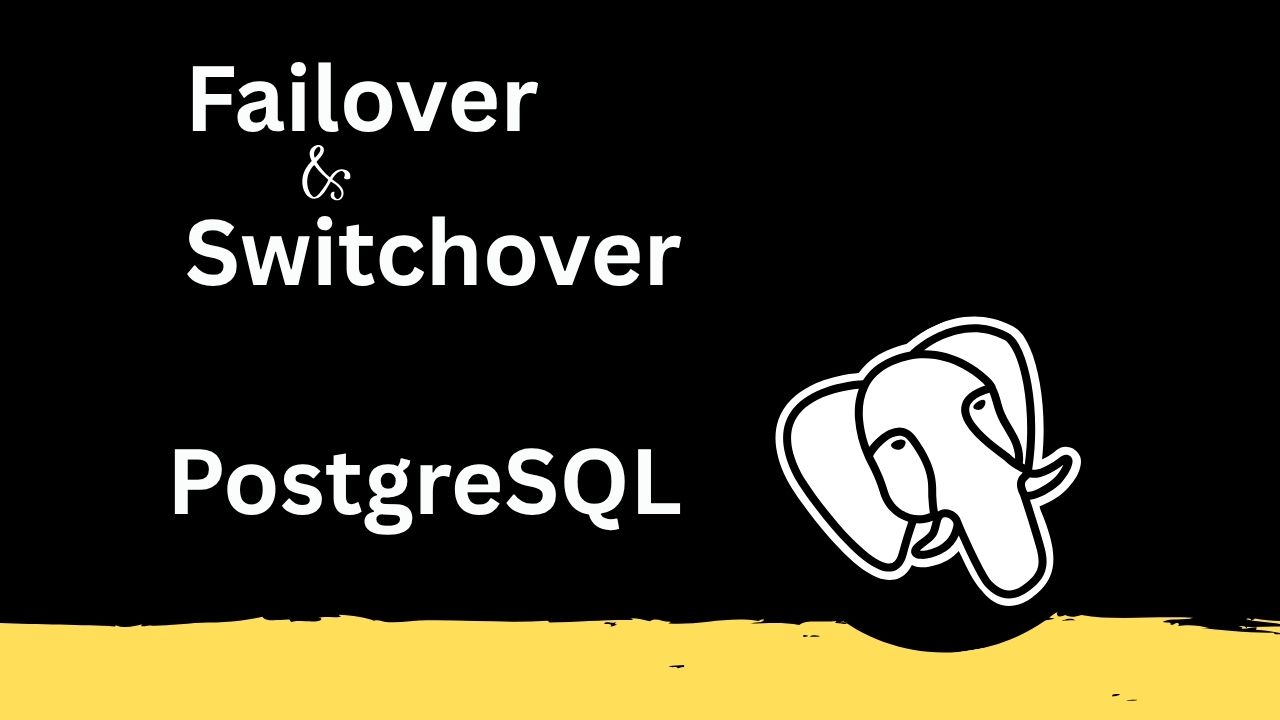Failover and Switchover in PostgreSQL
Failover and Switchover in PostgreSQL – How It Works
High Availability (HA) is a critical topic for anyone learning PostgreSQL from a PostgreSQL DBA online training course or preparing to work on real enterprise environments. Two key HA operations every DBA must understand are Failover and Switchover.
Both ensure that your database remains available even if your primary server goes down. But they work differently and are used in different situations.
This blog explains how failover and switchover work in PostgreSQL, why they matter, and how DBAs implement them in production environments.
1. What is Failover in PostgreSQL?
Failover is an automatic or manual process where the system promotes a standby server to become the new primary when the current primary fails.
When do you use failover?
-
Primary server crashes
-
Hardware failure
-
Power outage
-
Network issues
-
Critical system errors
✔ What happens during failover?
-
Monitoring system detects failure
-
Standby server is automatically promoted
-
Clients start connecting to the new primary
-
Old primary is isolated to avoid data corruption
Tools used for failover:
-
Patroni
-
repmgr
-
pg_auto_failover
-
pgPool-II
Failover is a real-world scenario covered extensively in PostgreSQL for DBA training because it directly impacts business continuity.
2. What is Switchover in PostgreSQL?
Switchover is a planned, manual process where the primary and standby roles are switched without any server failure.
When do you use switchover?
-
Kernel patching
-
OS upgrades
-
PostgreSQL version upgrades
-
Hardware maintenance
-
Load redistribution
✔ What happens during switchover?
-
Primary is gracefully shut down
-
Standby is promoted manually
-
Old primary is restarted as a standby
Switchover ensures zero data loss and is often performed during scheduled maintenance.
For anyone doing PostgreSQL DBA online training, understanding switchover is crucial for managing production HA setups.
3. Failover vs Switchover — Quick Comparison
| Feature | Failover | Switchover |
|---|---|---|
| Trigger | Unplanned failure | Planned maintenance |
| Data loss | Possible | No data loss |
| Process | Automatic or manual | Always manual |
| Rejoin old primary | Complex | Clean and easy |
| Use case | System fails | Maintenance, upgrades |
4. How Failover Works Internally
Here is the simplified internal flow:
-
Monitoring agent checks database health
-
Detects primary failure
-
Trigger file (like
promote) is executed -
Standby replays remaining WAL
-
Standby becomes the new primary
-
Applications redirect to new primary
This logic is automated in Patroni / repmgr / pg_auto_failover.
5. How Switchover Works Internally
Steps:
-
Ensure standby is fully synchronized
-
Stop primary cleanly
-
Promote standby
-
Restart old primary as a new standby
-
Update application connections
This gives a clean role reversal without risk of divergence.
6. Best Practices for Failover & Switchover
✔ Maintain at least two standbys
✔ Use synchronous replication for critical systems
✔ Use a tool like Patroni or repmgr
✔ Test failover and switchover regularly
✔ Keep WAL archiving enabled
✔ Monitor replication lag
These practices are essential for anyone wanting to become a production-ready DBA through postgresql for dba training.
Conclusion
Failover and switchover are crucial HA concepts for any PostgreSQL database environment. Whether you’re learning through a PostgreSQL DBA online training program or managing real-world systems, mastering these operations ensures high uptime, reliability, and smooth maintenance cycles.
At Learnomate Technologies, we make sure you not only understand such cutting-edge features but also know how to implement them in real-world projects. Whether you’re a beginner looking to break into the database world or an experienced professional upgrading your skillset—we’ve got your back with the most practical, hands-on training in Oracle technologies.








Let’s keep learning, exploring, and growing together. Because staying curious is the first step to staying ahead.
Happy learning!
ANKUSH







